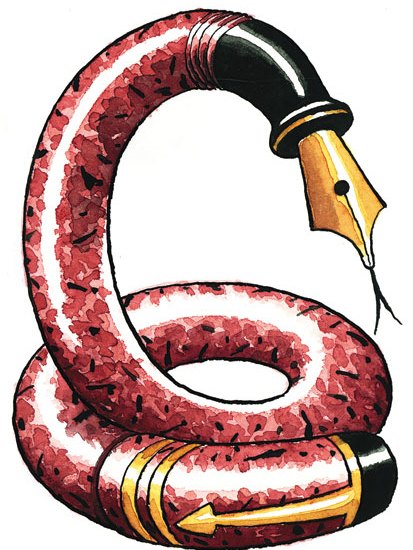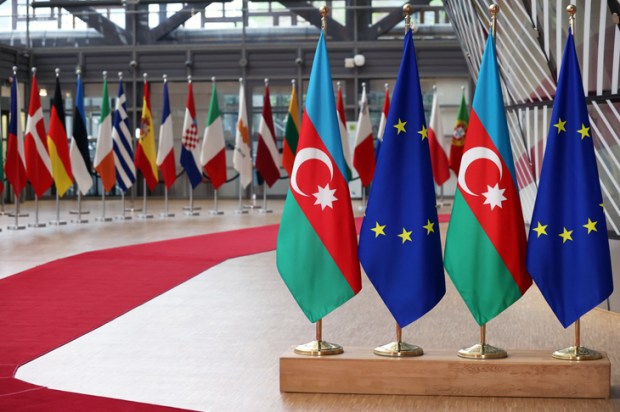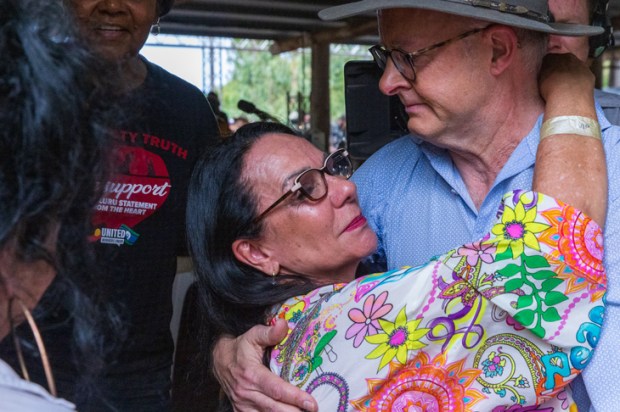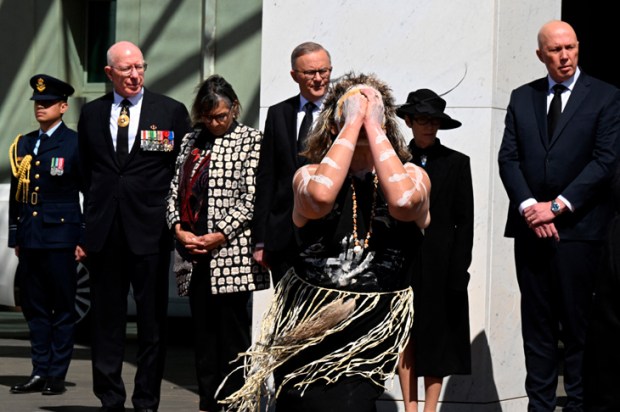We have been in Italy since the beginning of May when I had what people politely term a ‘significant birthday’, so significant that I was anxious to escape any mention of the awful anniversary. However my husband, who went on a sailing trip around the Galápagos Islands for his big birthday, not to be outdone in the significant birthday celebrations, secretly arranged an opera tour to three of the world’s great venues: Venice’s La Fenice, Vienna’s Staatsoper and the Arena of Verona.
It was all a bit overwhelming, but wonderful. The Fenice is an absolute miracle of restoration since its most recent immolation in 1996. It is breathtakingly beautiful with golden mermaids all around the edges of the boxes and green, blue and gold colouring. When we walked in we were stopped in our tracks. We stood there and simply gaped. Fabulous.
However, one thing that was not so fabulous were the productions. We saw Tosca and Madam Butterfly in Venice. Singers and orchestra were superb, but the productions! It seems to be a worldwide phenomenon today that opera producers, instead of setting the thing the way the composer and librettist envisaged, perversely go out of their way to spoil some of the greatest works of art ever written with idiosyncratic or downright bizarre production. The Fenice’s Tosca seemed to be set in the middle of an earthquake zone, with a big crack down centre stage into which Tosca threatened to disappear before she could see Scarpia off with the carving knife. Madam Butterfly, beautifully sung by Amarilli Nizza, verged on the ridiculous. Butterfly with blonde hair and a weird costume that looked straight out of that 1961 Japanese sci-fi film Mothra?
Vienna’s Staatsoper was naturally not disappointing, nor was the overwhelming spectacle of opera in the Arena of Verona. It is almost a patriotic duty for Italians who still worship Verdi. But the first night of the season, with A Masked Ball on the programme, was a very social, very Italian affair. For starters it didn’t begin until about 9.20 because all the posh locals were too busy kissy-kissying and pre-opera partying to get into their seats. The diamonds and Italian designer gowns — and some Italian designers — were well and truly on display as were the dubious charms of local ladies, in what the unapologetically Aussie spouse remarked ‘looked like a mass breakout from the mutton factory!’
But it wasn’t all glamorous opera-going. The place we spent most of our time was our little house in Introdacqua in the Abruzzi mountains, where my father was born. We have spent the last few years renovating the house so that at least we don’t get electric shocks if we turn on more than two lights. However, the house taxes have doubled and, in a village with waterfalls spurting out of rocks and running under the town, they have quadrupled the cost of water by bringing in a private company to manage it. Consequently I have developed much sympathy for the average Italian householder who, contrary to the common stereotype, is not a full-time tax avoider. Italians are simply fed up with seeing people who are the beneficiaries of their taxes carted off to prison every night on the television news.
It rained a lot, especially on the day our friends Paul Kelly and Jenni Hewitt came to visit. To compensate we all went to Gino’s in Sulmona, a great restaurant formerly patronised by George Clooney while making a (terrible) film there called The American. On a memorably fine day we drove to Campo Imperatore, a high meadow under the Gran Sasso, the highest mountain in the peninsula Apennines. There is a hotel there where Mussolini was kept prisoner before being rescued by the Germans in gliders, a historic event documented by a lot of photographs around the lobby and bar. For two euros you can even see the room where he was kept. The spouse insisted we stay the night, although we didn’t get the room.
Back in old ‘Intro’, as it is known in our family, things are not too good, reflecting the downturn in the whole of Italy. The economic situation is terrible, especially for young people. My heart really went out to some of them — well-educated, sometimes highly qualified kids who feel they have no future. One boy, Fabio, the child of a cousin, has worked in the plumbing trade for almost ten years and managed to qualify as a plumber, but has no work. The local plumber can no longer afford to keep him on, and he hasn’t as yet got the tools to go into business for himself. What’s more, Italy has its own immigration problems and good tradesmen are being undercut everywhere by eastern Europeans who’ll do the job a lot cheaper.
Like a lot of other young people we spoke to in the village Fabio approached us about coming to Australia. For all the talk of economic downturns they know the situation in Australia is vastly better than it is in Italy and they are keen to do anything. However, the drawback with Italians is always the language. They have a very poor general standard of English, not that they are unwilling to learn. English language education in primary school is relatively new in Italy. However, there has been a huge surge in the number of young Italians applying to come here, and frankly it would be in Australia’s best interest to encourage more youthful immigration from Italy. We need young single people who are willing to work anywhere and already have a cultural affinity with Australia. Although Italian youth are rather cosseted by their families, they respect the family and are basically hard working. Many already have relatives here among the hundreds of thousands of Italian-Australians who would be willing to get them on their feet. It seems that when we are confronting a new immigrant culture of people whose children are running off to join the Syrian jihad, encouraging a new wave of European immigrants is a no brainer.
Got something to add? Join the discussion and comment below.
Get 10 issues for just $10
Subscribe to The Spectator Australia today for the next 10 magazine issues, plus full online access, for just $10.
You might disagree with half of it, but you’ll enjoy reading all of it. Try your first month for free, then just $2 a week for the remainder of your first year.














Comments
Don't miss out
Join the conversation with other Spectator Australia readers. Subscribe to leave a comment.
SUBSCRIBEAlready a subscriber? Log in